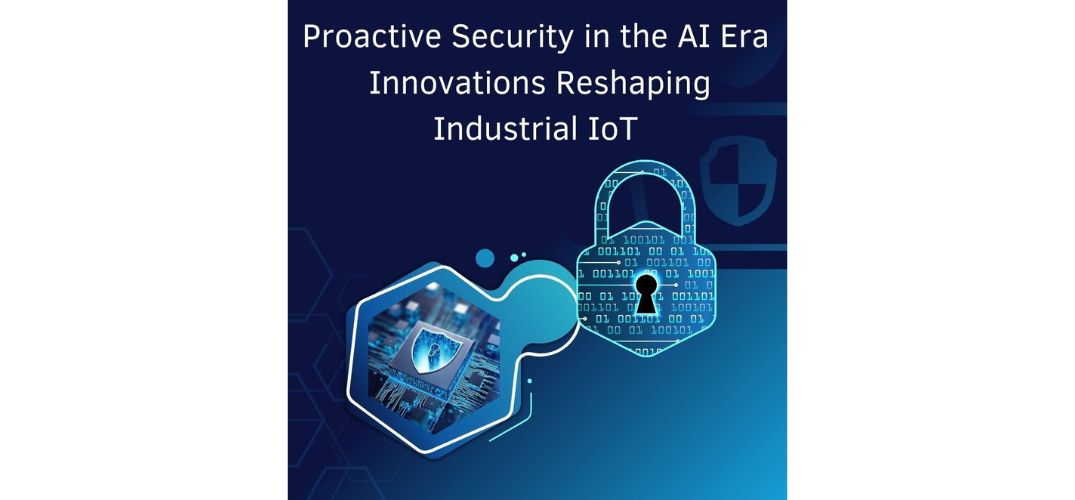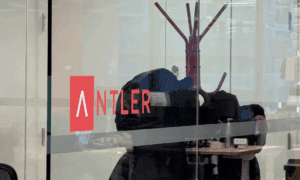In this modern era, the convergence of the Industrial Internet of Things (IIoT) and Artificial Intelligence (AI) has revolutionized industrial operations, boosting efficiency and connectivity. However, this digital evolution brings new security challenges. In his latest research, Amith Ronad, a global product leadership expert, advocates a proactive approach with Continuous Threat Exposure Management (CTEM) and Attack Surface Management (ASM) to protect industrial networks from evolving cyber threats.
The Industrial IoT Landscape: Connectivity and Complexity
Industrial environments have adopted IIoT technologies at an unprecedented rate, integrating sensors, actuators, and edge-computing devices into their operations. These advancements enable real-time monitoring and predictive maintenance, significantly improving efficiency. However, the coexistence of legacy systems with modern digital infrastructure has created security gaps that malicious actors increasingly exploit. This interconnected ecosystem demands a more resilient security framework that adapts to evolving threats in real time.
The Shift from Reactive to Proactive Security
Historically, industrial security relied on reactive measures like firewalls and intrusion detection. However, the need for proactive, AI-driven security has become essential. Continuous monitoring and automated threat detection enable the identification of vulnerabilities before exploitation, ensuring organizations stay ahead of evolving cyber threats and enhance overall industrial resilience.
AI-Driven Threat Detection: A Game Changer
Integrating AI and machine learning in security frameworks has significantly improved anomaly detection and threat response times. AI-driven systems analyze vast amounts of data in real-time, identifying patterns indicative of cyber threats. This proactive approach minimizes detection delays and reduces false positives, allowing security teams to focus on critical incidents. Studies indicate that AI-enhanced security solutions have improved threat detection accuracy by over 90%, demonstrating their potential in industrial environments.
Continuous Threat Exposure Management (CTEM)
Continuous Threat Exposure Management (CTEM) revolutionizes industrial cybersecurity by proactively assessing threats through real-time monitoring, automated vulnerability analysis, and predictive analytics. This approach minimizes security-related downtime by up to 85%, ensuring operational continuity and resilience against evolving cyber threats.
Reducing Attack Surfaces through ASM
Attack Surface Management (ASM) enhances cybersecurity by identifying and securing all digital assets within industrial networks. Providing continuous visibility into threats, ASM enables proactive vulnerability management. Organizations using ASM report up to 72% fewer successful cyberattacks, proving its effectiveness in modern security frameworks.
Human-AI Collaboration in Cybersecurity
While AI-driven security measures enhance efficiency, human expertise remains vital for decision-making and strategic planning. The collaboration between humans and AI in cybersecurity allows automated systems to handle repetitive threat detection tasks, enabling analysts to focus on complex threat mitigation. This synergy has led to a 73% improvement in threat response accuracy, demonstrating the value of combining human intuition with AI’s analytical capabilities.
Cost-Efficiency and ROI of Proactive Security
Implementing AI-driven security solutions requires substantial investment, but the return on investment (ROI) is compelling. Organizations that adopt proactive security frameworks, such as CTEM and ASM, report an average reduction of 45% in security operational costs. Additionally, they experience fewer cyber incidents, translating to reduced financial losses. Market analysis indicates that businesses implementing these security measures recover their investment within 14 to 18 months.
Regulatory Compliance and Industry Standards
With increasing cybersecurity regulations, industries must ensure compliance with global security standards. Adopting AI-powered security frameworks facilitates automated compliance reporting, reducing the administrative burden on security teams. Organizations utilizing CTEM have reported an 89% higher compliance score in audits, mitigating regulatory risks and enhancing their reputation in the market.
Looking Ahead: The Future of Industrial Cybersecurity
As industrial environments become more digitized, the need for advanced security measures will continue to grow. Future cybersecurity solutions will likely integrate quantum-resistant cryptography and sophisticated behavioral analytics to counter emerging threats. Continuous innovation in security frameworks is essential to ensure industrial sectors remain resilient against evolving cyber risks.
In conclusion, Amith Ronad’s research strongly supports shifting from traditional reactive security models to a proactive, AI-driven approach. His focus on CTEM and ASM highlights AI’s transformative role in cybersecurity. As industries embrace digital transformation, integrating these measures will protect critical infrastructure and ensure resilience against evolving cyber threats. His insights underscore the growing importance of adaptive, AI-powered security frameworks in industrial operations.



































